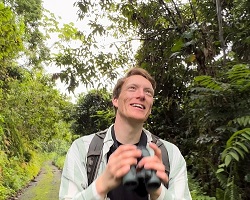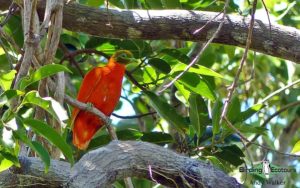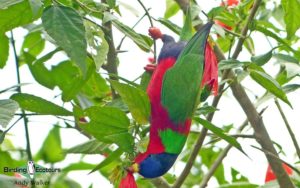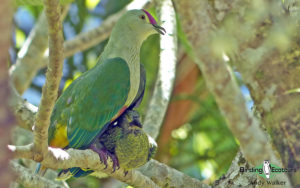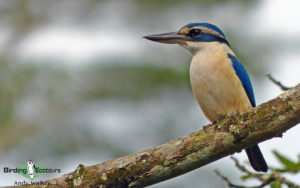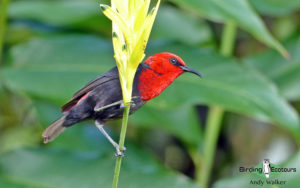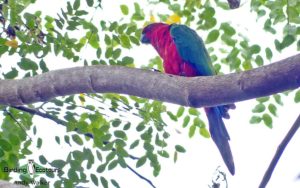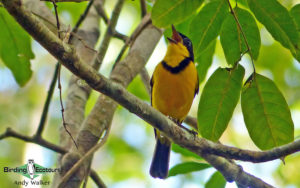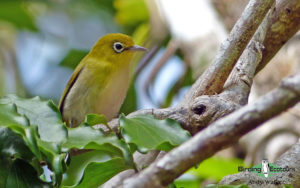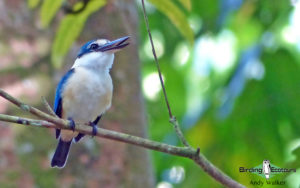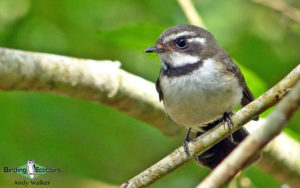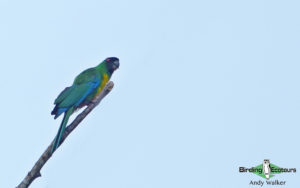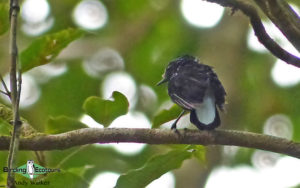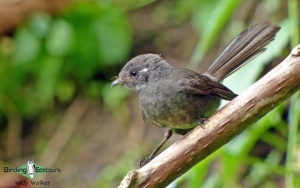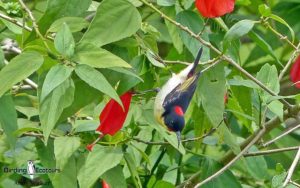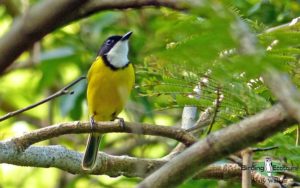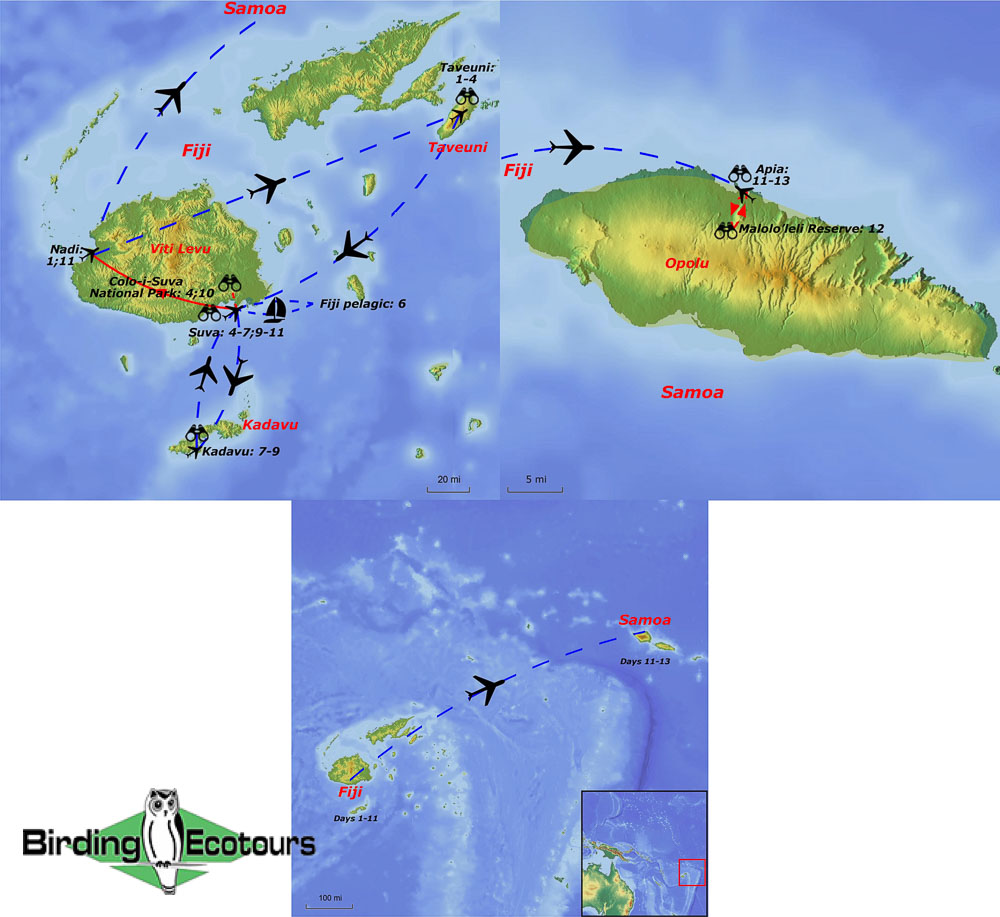Fiji and Samoa: Pacific Birding Adventure
Go to: Fiji Birding Tours | Samoa Birding Tours | New Caledonia Birding Tour | Birding Tours in Australasia | All our birding tours
Fiji and Samoa: Pacific Birding Adventure
August 2025/2026
The Pacific region contains hundreds of islands and includes numerous incredible birds. Our Pacific birding tour focuses on the endemics and specials of two island groups, Fiji (for ten days), and Samoa (for three days). This tour will offer an excellent introduction to the region, as well as being great for anyone who has birded in the Pacific but is yet to reach these wonderful and varied nations.
We will start our birding on the island nation of Fiji, where we will spend our time birding on Viti Levu, Taveuni, and Kadavu, three islands that will allow us a chance to find almost all the country’s endemic birds, including the spectacular trio of Orange Dove, Golden Dove, and Whistling Dove. Aside from these star doves, we target over 25 other Fijian endemics, including all three species of colorful shining parrots, the interesting Taveuni Silktail, six endemic honeyeaters and some beautiful monarch flycatchers. Lots of other Fijian and Polynesian endemics are sure to be enjoyed too and we will make a special effort to look for the recently split Fiji Island Thrush, and White-throated and Yellow-throated Fiji Whistlers. During our time in Fiji, we will take a full-day pelagic boat trip to target some of the rare seabirds of this region, such as Collared Petrel, and hope to encounter the very little-known, and extremely rare, Fiji Petrel, a unique opportunity and one we are thrilled to be able to offer.
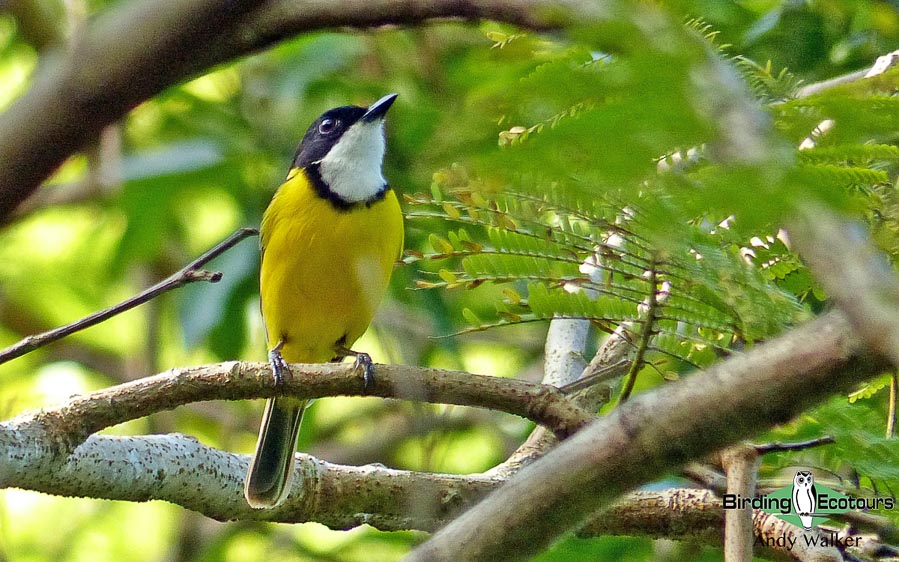
Once we’ve finished in Fiji, we continue to Samoa (formerly Western Samoa). We will focus on the endemics on the large island of Upolu, such as the prehistoric-looking Mao (a large honeyeater), Flat-billed Kingfisher, Samoan Whistler, Samoan Flycatcher, Samoan Myzomela, and several other exciting species such as the near-endemic and beautiful Blue-crowned Lorikeet, of a genus endemic to Polynesia.
This is sure to be an epic birdwatching trip through some exciting Pacific islands and we look forward to showing you a range of unique and thrilling birds. For a more complete exploration of the southwest Pacific, consider combining this tour with our New Caledonia: Kagu and Other Endemics tour for a good chance of seeing the incredibly unique and exciting Kagu, plus the famous tool-using New Caledonian Crow, and truly stunning Cloven-feathered Dove, amongst many others!
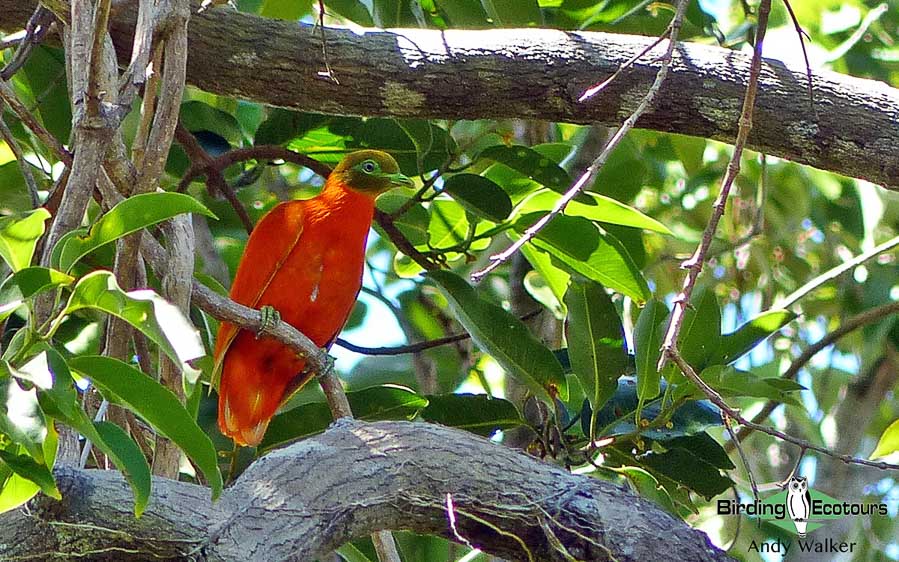
Detailed Itinerary (13 days/12 nights)
Day 1. Arrival in Nadi, Fiji, and flight to the island of Taveuni
After your late-morning arrival to Nadi International Airport on Vitu Levu, Fiji’s main island, we make the short transfer to the smaller Fijian island of Taveuni, our destination for the following three nights. We should have some time after our flight to bird around our hotel grounds where we will likely encounter some of the commoner Fijian species, including the colorful endemic Collared Lory, Sulphur-breasted Myzomela, and the near-endemic Vanikoro Flycatcher.
Overnight: Taveuni
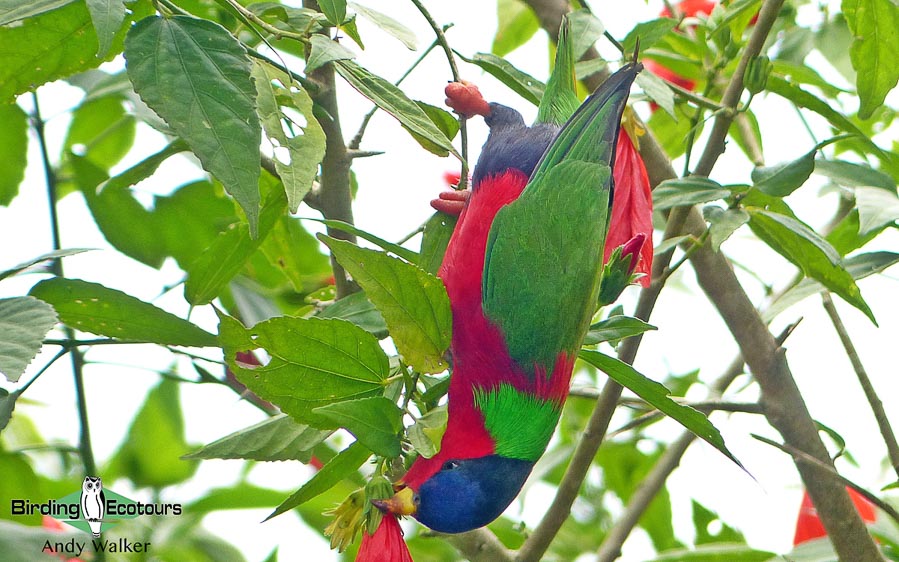
Days 2-3. Birding Taveuni, Fiji
For two days we visit various sites across Taveuni. Most of this time will be spent in the mountainous centre of the island, where we visit Des Voeux peak and Mount Manuka, to target the spectacular Orange Dove, Taveuni Silktail (a type of fantail), and Azure-crested Flycatcher, the latter two being endemics to this small island. Other range-restricted specials include Maroon Shining Parrot, Fiji Wattled Honeyeater, and Yellow-billed Honeyeater. We should start becoming familiar with some of the more widespread Fijian species, such as Barking Imperial Pigeon, Fiji Goshawk, Polynesian Triller, Yellow-throated Fiji Whistler, Fiji Streaked Fantail, Fiji Woodswallow, Slaty Monarch, Fiji White-eye, Fiji Island Thrush, and the secretive Fiji Bush Warbler, which are often easier to see on Taveuni compared to the other islands. It will be an exciting few days of birding, that’s for sure.
We will also find time for some coastal birdwatching in the evenings, to target Pacific Kingfisher and some of the seabirds of this region, such as Red-footed Booby, Brown Booby, Great Frigatebird, Lesser Frigatebird, Wedge-tailed Shearwater, and Bridled Tern.
Overnight: Taveuni
Days 4-5. Birding Suva, Viti Levu, Fiji
Departing Taveuni in the morning, we fly to the island of Viti Levu to spend three nights in Suva, Fiji’s capital city. For two days after our arrival on the island we will explore the forests of the Suva area, where most of our time will be spent within Colo-i-Suva National Park. Here we will seek our second beautiful dove, the Golden Dove, among other endemics restricted to this island, such as Masked Shining Parrot, Giant Honeyeater, and Kikau.
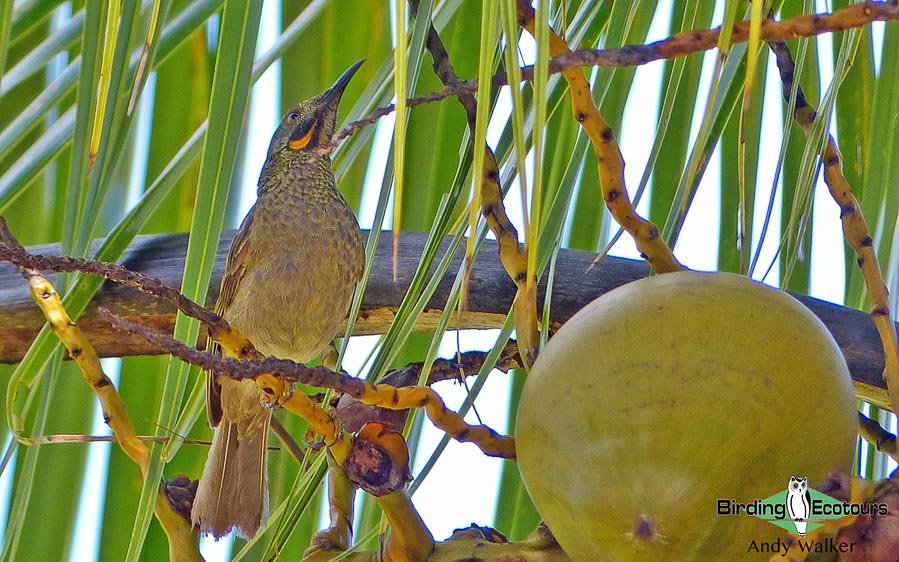
Colo-i-Suva is one of the most avian diverse sites in Fiji, and we should encounter many other Fijian and Polynesian specials here, such as Chestnut-throated Flycatcher, Fiji Parrotfinch, Fiji White-eye, Polynesian Starling, Pacific Robin, Fiji Island Thrush, Slaty Monarch, Barking Imperial Pigeon, Collared Lory, Fiji Bush Warbler, Fiji Goshawk, Polynesian Triller, Black-throated Shrikebill, Fiji Shrikebill, Yellow-throated Fiji Whistler, Fiji Streaked Fantail and if we’re lucky, the aptly named Shy Ground Dove. We will also visit Suvi Basin among other sites, to target a duo of secretive and little-known endemics to Viti Levu – the Pink-billed Parrotfinch, and the recently rediscovered Long-legged Thicketbird. While these two species are rarely seen, we are working with those who rediscovered the thicketbird, so we will have the best chance of finding them.
Overnight: Suva
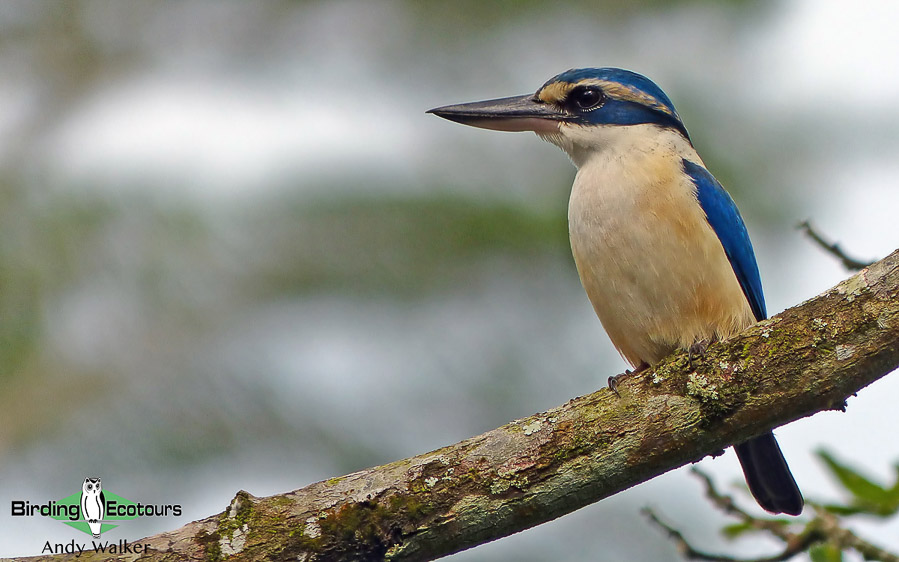
Day 6. Full day Fiji pelagic birding
Today we have a unique opportunity for a full-day pelagic birding trip in Fijian oceanic waters, heading to Gau Island, the only known breeding island of the Critically Endangered (BirdLife International) Fiji Petrel. While we would be very lucky to see this little-known and ultra-rare species, we will chum for other rare seabirds of this region, which include Collared Petrel, Tahiti Petrel, Gould’s Petrel, Polynesian Storm Petrel, Wilson’s Storm Petrel, Wedge-tailed Shearwater, and Tropical Shearwater, while being accompanied in our quest by Sooty Tern, Bridled Tern, White Tern, Brown Noddy, and Black Noddy. It is a rare opportunity to get onto the sea in this region, and while we don’t expect to see all these species on every visit, there is always the chance of seeing something exciting.
Overnight: Suva
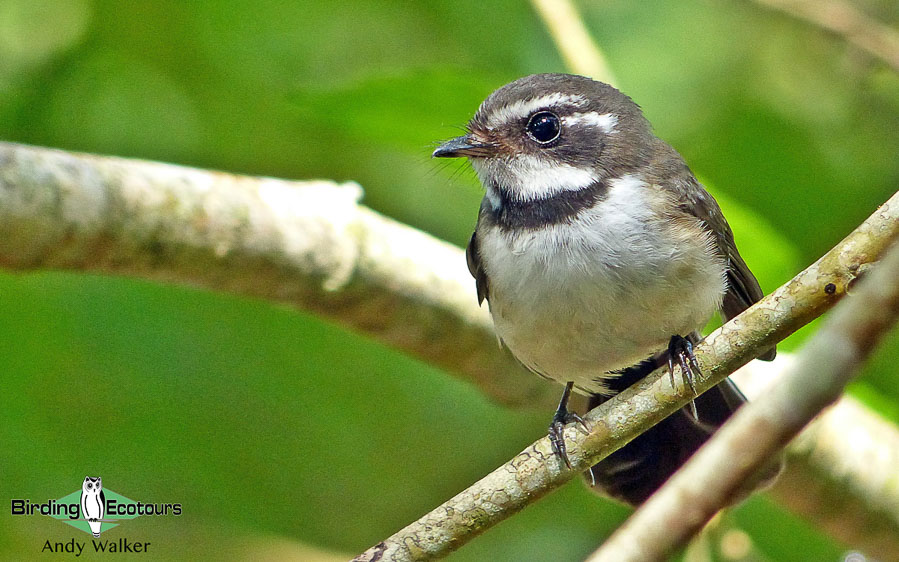
Days 7-8. Birding Kadavu island, Fiji
We will take a mid-morning flight from Suva to Kadavu island, where we will take a boat to our secluded resort, for a peaceful two-night stay in paradise. That afternoon and the following day we will bird around Kadavu island from our resort, with the four most sought-after species, Kadavu Honeyeater, Kadavu Fantail, Whistling Dove, and Crimson Shining Parrot, all endemic to this small island and possible from our resort. We also look for the endemic White-throated Fiji Whistler, a recent split from Yellow-throated Fiji Whistler, alongside Many-colored Fruit Dove, Polynesian Starling, Slaty Monarch, Collared Lory, Fiji Goshawk, and Fiji Shrikebill. Between birding we will have time to enjoy the peace of this tranquil spot, its pristine beaches, and diverse coral reefs just offshore.
Overnight: Kadavu
Day 9. Kadavu and flight to Suva
After a final morning birding on Kadavu, where we will target any of the four Kadavu endemics still at large, we will transfer by boat, then by plane, back to Suva.
Overnight: Suva
Day 10. Birding Suva, Viti Levu island, Fiji
Today we have a full day to revisit the Colo-i-Suva National Park, looking for any endemics that might still be missing. This will allow us time to thoroughly explore the diverse park and give us more chances of encountering the shy and often tricky species that inhabit this region, such as Pink-billed Parrotfinch, Long-legged Thicketbird, and Shy Ground Dove. We’ll also concentrate on getting good views and photographs of some of Fiji’s iconic birds, such as Golden Dove and Masked Shining Parrot, before we depart for Samoa.
Overnight: Suva
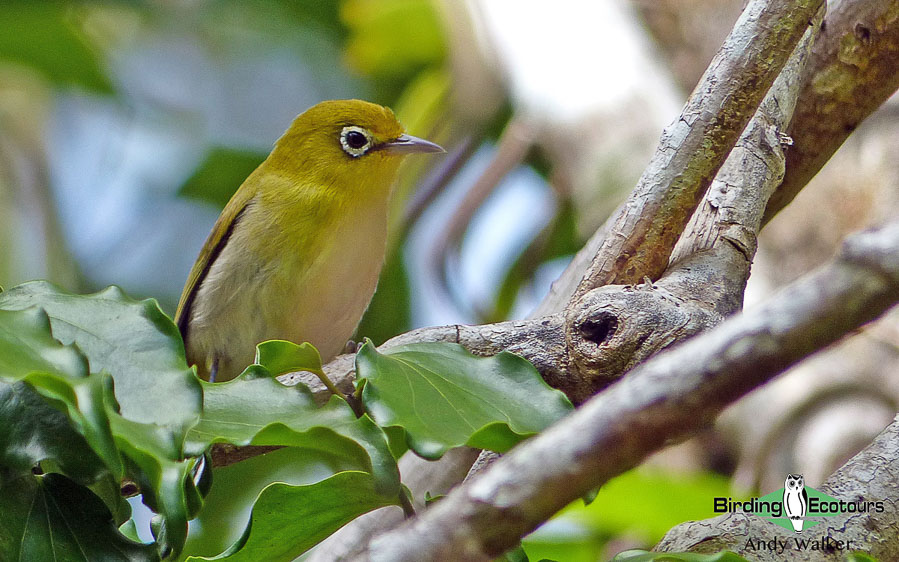
Day 11. Flight to Upolu, Samoa
Today will mainly be a transfer day as we travel from Suva via Nadi International Airport, to Apia, the capital of Samoa on the island of Upolu. Here we will have an afternoon of birding near Apia, targeting the more widespread endemics, such as Flat-billed Kingfisher, Samoan Starling, Samoan Whistler, Samoan Myzomela, and Samoan Fantail. Several beautiful seabird species are common around the coast of the island, so we should get good views of the stunning White-tailed Tropicbird, alongside Brown Noddy, and White Tern.
Overnight: Apia
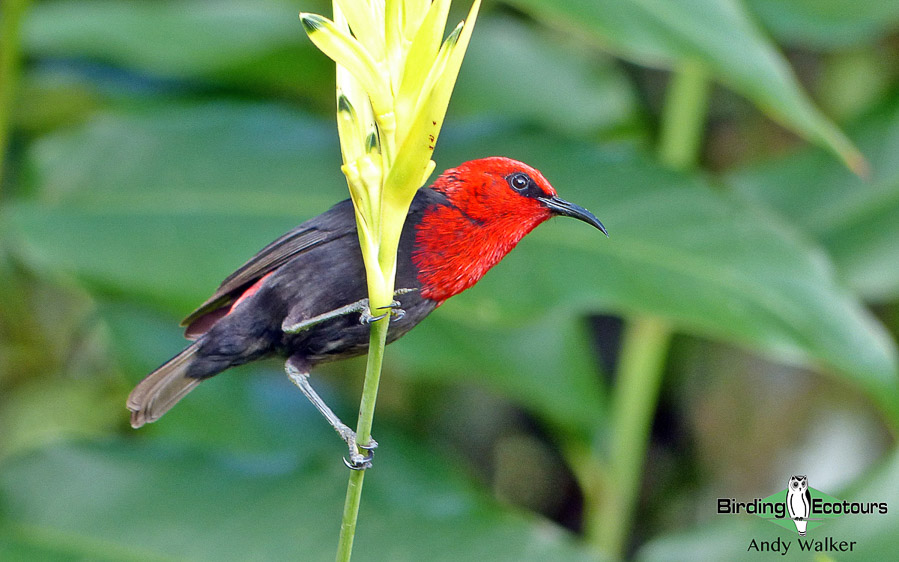
Day 12. Birding Upolu, Samoa
We will visit Malolo’leli reserve in our quest for the endemic Mao (a friarbird-like honeyeater) which is IUCN Red Listed as Endangered, using our expert local guides to help us find this rare species. Other endemics we target here include the unobtrusive Samoan Flycatcher, and Samoan Triller, and the beautiful Red-headed Parrotfinch. Aside from these endemics, we will target Polynesian specials, such as Polynesian Wattled Honeyeater, Many-colored Fruit Dove, the Samoan subspecies of Crimson-crowned Fruit Dove, and the beautiful, Blue-crowned Lorikeet. Buff-banded Rail are pleasantly common here, and we should see Pacific Imperial Pigeon, Metallic Pigeon, and White-rumped Swiftlet.
Overnight: Apia
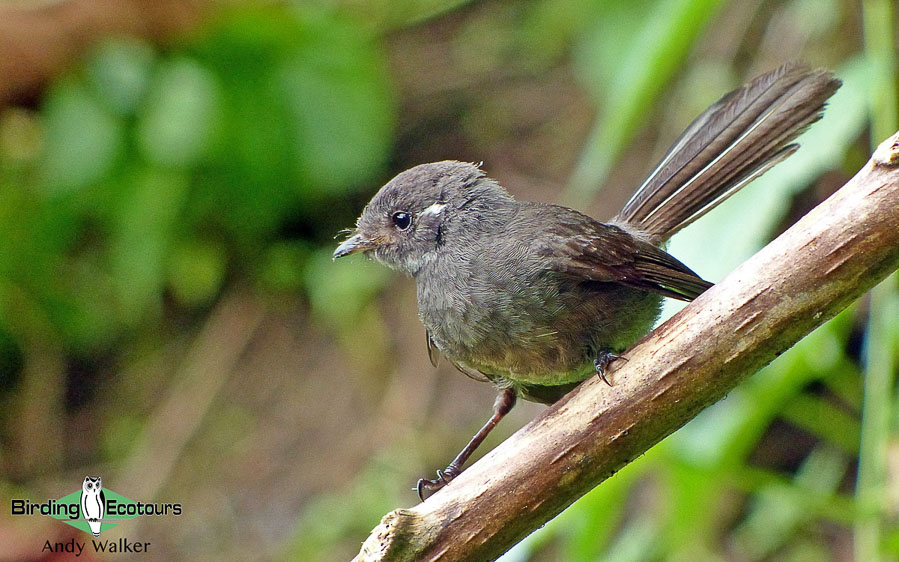
Day 13. Birding Upolu, Samoa before tour concludes and international departure
The final morning of the tour will be spent birding on Upolu, where we will target any remaining endemics and specials. The tour will end at midday with your international departure in the afternoon.
Overnight: Not included
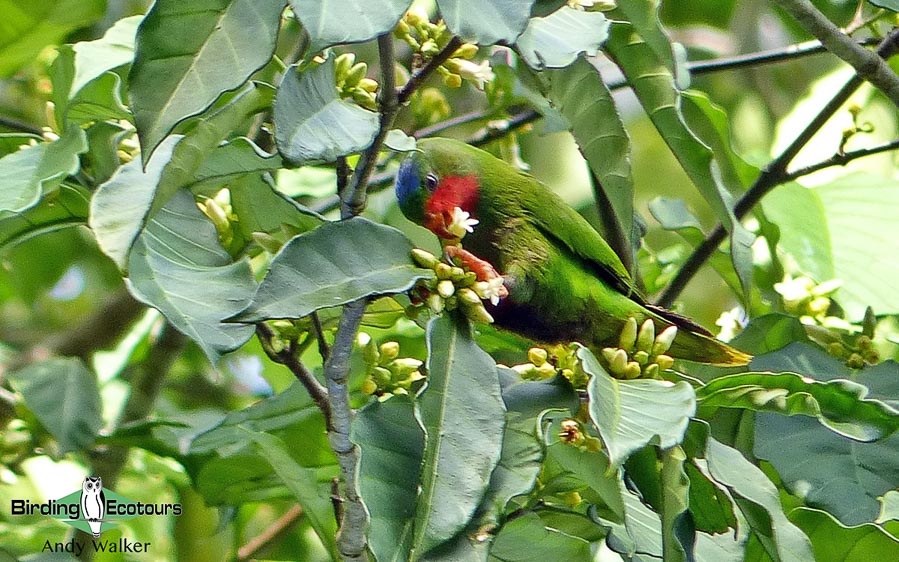
Please note that the itinerary cannot be guaranteed as it is only a rough guide and can be changed (usually slightly) due to factors such as availability of accommodation, updated information on the state of accommodation, roads, or birding sites, the discretion of the guides and other factors. In addition, we sometimes have to use a different guide from the one advertised due to tour scheduling or other factors. Please note that the tour route is merely indicative because the local flight schedules are only released at quite a late stage, and this often changes the itinerary a little.
Download Itinerary